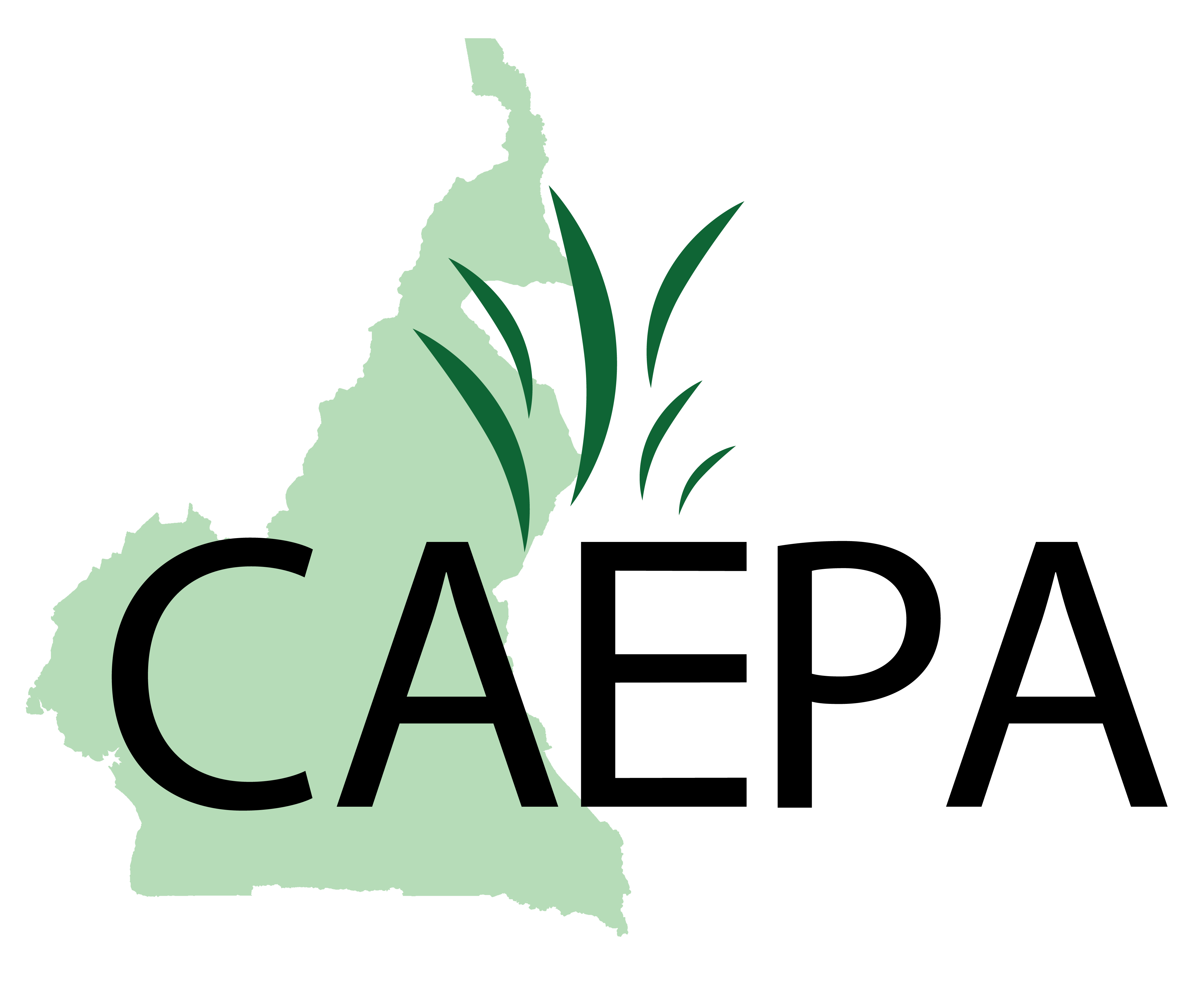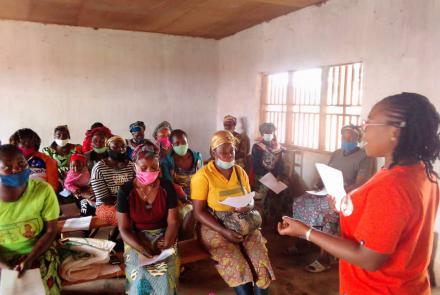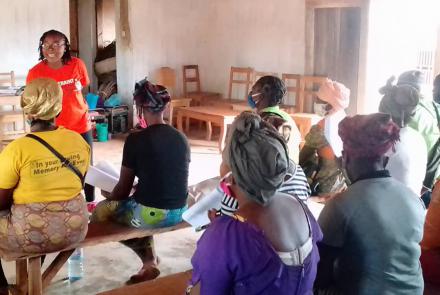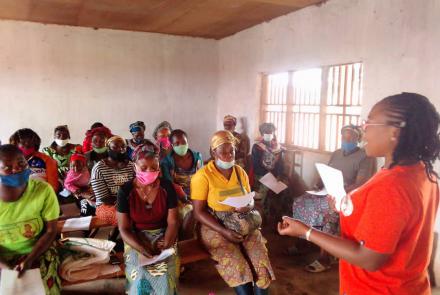LOCAL ACTION PLANNING WORKSHOP FOR DISASTER REDUCTION FOR BAMENDA UPSTATION HILL REGION
LOCAL ACTION PLANNING WORKSHOP FOR DISASTER REDUCTION FOR BAMENDA UP STATION HILL REGION
In the past several years, Bamenda, a city in north-western Cameroon has been facing a continuous battle with natural disasters like floods and landslides; the local community has to struggle for even basic needs like access to water. Many NGOs have tried to help them in the past but unfortunately, most of them failed; even locals made plans to provide water for themselves but have fallen short due to lack of resources. However, recently with the help of Global Network for Civil Society Organizations for Disaster Reduction (GNDR) seed funding, CAEPA has started working on various projects. It has had a positive effect on the community who expressed joy at the timely help and claimed that the projects and its timing was perfect.
After Views from the Frontline (VFL), a program established by the GNDR identified Bamenda up station hill as one of the risk areas of the southern zone in a recent survey. CAEPA started working on the local action plan and organized meetings with the community to get their opinion and discuss how the problems/issues are affecting them as a community and steps to be taken to improve the existing situation and to provide long term/ long-lasting solutions. The action plan meeting with a total of 103 participants brought together a variety of stakeholders from diverse backgrounds such as small farm holders, traders, private organizations, local government, and educational institutions amongst others, with an agenda of listening and identifying participants issues. Following the meeting, the outcome from the survey was presented to the community to identify priority action areas as well as the steps to be taken to achieve solutions for each of the priority areas. For every action area, teams were put in place to serve as the overhead and an action plan was prepared.
After the presentation of the survey findings, the prioritization and validation of the conclusion of the opinion of the stakeholders and the implementation of the findings will go a long way to solve the community problem. The priority action areas decided with the consensus of the stakeholders was ‘landslides’ followed by ‘lack of access to water’ and both were given same time frame of March to June and ‘flood’ was the next actionable with a time frame of March to May. The community voted in nominees to head each of these, and it was ensured that the nominated were represented through men, women, and youth.
All three priority actions decided in the meeting are very important to work upon for the development of Bamenda and every action demands appropriate implementation step by step, for example in order to deal with landslides, building of embankment and bridges was the first step and for that landslides areas have to be identified first followed by site preparation by the survey team which requires CAEPA, engineers, community heads and in terms of resources it necessitates communication, transportation and survey fee for area mapping and cement, sand, stones, working tools, labour both skilled and unskilled, etc. for the construction of embankment and bridges. Similarly, other plans which are flood and lack of access to water, requires resources like pipes, sand, spade, diggers, etc. to successfully complete the action plans.
As implementation of these actions demands resources, manpower and funds; CAEPA is doing its best with the existing resources and funds allotted by GNDR, but as reflected earlier even doing micro actions such as ‘Sensitizing the community about the risk living in risk zones’ includes costs of communication, transportation, workshops, etc. which are not directly visible but still sit in the budget. Hence, there are many costs, time, and efforts needed for successful completion of an action, therefore several individuals and philanthropy bodies of the world are encouraged to step in to help CAEPA strengthen its civil society and create the change for the greater good. Sufficient funds will help attract better quality resources which will in turn will increase the overall efficiency of the action plan.






